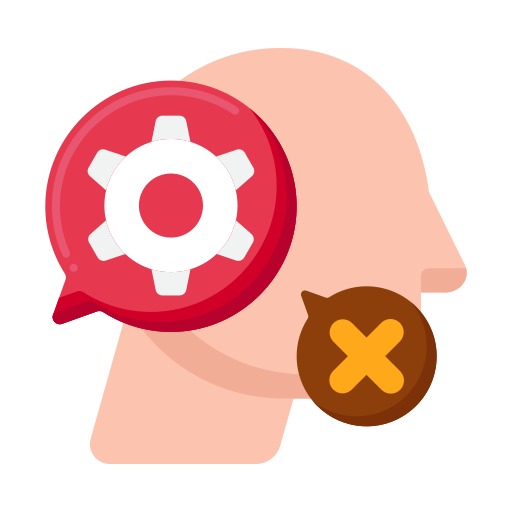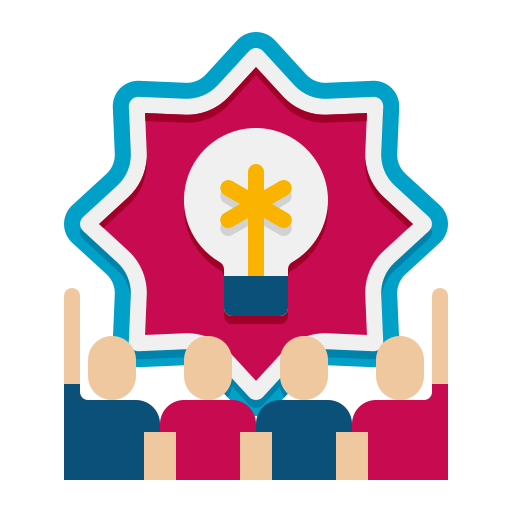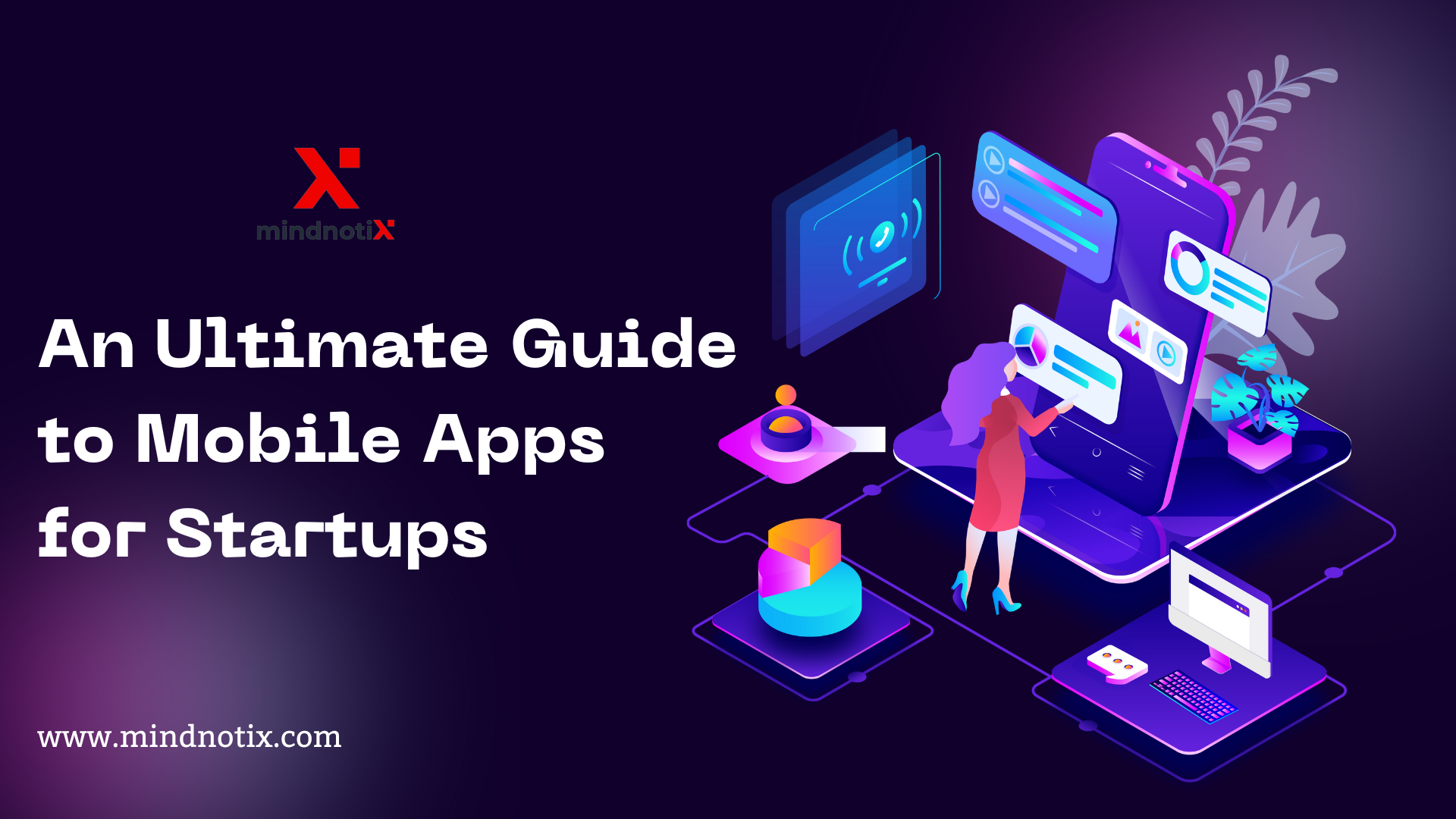Mobile apps have become the cornerstone of successful startups. They offer a direct line to customers, fostering brand loyalty and driving growth. But with millions of apps already on the market, standing out requires a strategic approach. This guide serves as your roadmap to navigate the exciting world of mobile app development for startups. We'll delve into the essential steps, from validating your app idea to choosing the right development path and crafting a user-centric design. We'll also explore unique strategies for maximizing user engagement, monetization, and future-proofing your app. Whether you have a revolutionary concept or are looking to refine an existing idea, this guide equips you with the knowledge and tools to build the perfect app and propel your startup to success.
Validating Your App Idea: Beyond the Hype
Competitor Analysis: Start by thoroughly researching your competition. Identify existing apps that address similar problems or cater to the same target audience. Analyze their strengths, weaknesses, user reviews, and market reception. This helps you understand the competitive landscape, potential gaps to fill, and features users find valuable.
User Surveys and Interviews: Don't just guess what users want. Talk to them directly! Conduct surveys or interviews with your target audience to understand their needs, pain points, and mobile app usage habits. Ask them about their experiences with similar apps, what features they value most.
App Store Trend Analysis: Dive into app store trends to understand what's popular and what categories are growing. Look for opportunities within these trends or identify underserved niches. Utilize keyword research tools to understand search patterns and user intent related to your app concept.
Prioritize Core Features: Identify the essential features that address the core problem your app solves. Focus on building a functional prototype that delivers value to early users.
Gather User Feedback: Release your MVP to a limited group of users and gather their feedback. Conduct usability testing to observe how they interact with the app and identify any pain points. Use tools like A/B testing to compare different design elements and feature sets.
Iterate and Refine: Based on user feedback, iterate on your MVP. Refine existing features, add new functionalities based on user needs, and remove elements that don't resonate. This iterative process ensures your app evolves based on real user data, not just assumptions.
Landing Page Creation: Create a simple landing page showcasing your app's core value proposition and key features. Include a call to action (CTA) like "Sign Up for Early Access" to gauge user interest and collect email addresses for further communication.
Social Media Buzz: Leverage social media platforms to generate interest in your app. Share engaging content that highlights the problem your app solves and the benefits it offers. Run targeted ads to reach your ideal demographic and spark conversations.
Pre-Registration Campaigns: Allow users to pre-register for your app before its official launch. This not only builds anticipation but also provides valuable data on potential user base size and demographics.
Focus on Problem-Solving: Clearly define the problem your app solves and how it makes users' lives easier or better.
Highlight Unique Features: What sets your app apart from the competition? Identify unique selling points (USPs) that make your app more valuable or user-friendly.
Quantify the Benefits: Whenever possible, quantify the benefits your app offers. Will it save users time, money, or effort? Focus on metrics that resonate with your target audience.
Choosing the Right Development Path: In-House vs. Outsourcing
The decision to develop your app in-house or outsource the project is a critical one for any startup. Both approaches have their advantages and disadvantages, and the optimal choice depends on several factors specific to your business.
Building an In-House Development Team:
Control and Flexibility: With an in-house team, you have complete control over the development process, communication, and project timeline. You can easily adapt to changing requirements and make real-time decisions.
Deep Understanding of Your Vision: An in-house team can become deeply invested in your app's success and gain a profound understanding of your vision. This fosters a collaborative environment and ensures the app aligns perfectly with your brand identity.
Long-Term Ownership and Integration: Building an in-house team allows you to retain ownership of your intellectual property and source code. The team can also integrate seamlessly with your existing company culture and workflows.
Outsourcing Mobile App Development:
Cost-Effectiveness: Outsourcing can be significantly cheaper than building an in-house team. You only pay for the development services you need, eliminating overhead costs like salaries and benefits.
Access to a Global Talent Pool: Outsource development allows you to tap into a global pool of skilled developers. You can find specialists with specific expertise in the technologies your app requires.
Faster Development Time: Established development firms often have well-defined processes and can expedite the development process compared to building an in-house team from scratch.
Funding Your Mobile App Dream: Strategies for Startups
Turning your innovative mobile app idea into a reality requires financial backing. But for startups, securing funding can feel like climbing Mount Everest.
Bootstrapping: Building on Your Own Foundation
Bootstrapping involves using your own personal savings, credit cards, or revenue from freelance work to fund your app development. This approach offers complete control over your project but requires careful budgeting and resource management.
Angel Investors: Seeking Guidance and Investment
Angel investors are often wealthy individuals who invest in early-stage startups with high growth potential. They can provide not only funding but also valuable mentorship and guidance. Network with angel investor groups or pitch your idea at startup events to attract their interest.
Venture Capital (VC) Funding: Fueling Growth
Venture capitalists (VCs) are firms that invest in high-risk, high-reward startups with significant growth potential. VC funding can provide substantial capital, but VCs typically invest in more established startups with a proven track record or a minimum viable product (MVP).
Crowdfunding Platforms: Unleashing the Power of the Crowd
Crowdfunding platforms like Kickstarter and Indiegogo allow you to raise capital from a large pool of individual contributors. Offer compelling rewards in exchange for their support, such as early access to your app or special features. A successful crowdfunding campaign can validate market interest and generate valuable pre-launch buzz.
Government Grants and Awards:
Government agencies and organizations sometimes offer grants or awards specifically for startups developing innovative mobile apps. Research available grants that align with your app's purpose and eligibility criteria. Winning a grant can provide valuable financial support without diluting your ownership.
Debt Financing: A Strategic Loan
Taking out a business loan can be an option, but proceed with caution. Carefully assess the interest rates and repayment terms to ensure the loan doesn't strain your startup's finances. This option might be suitable for established startups with a strong financial track record.
Building a User-Centric Design for Mobile Apps
Understanding Your Users: Empathy is Key
The foundation of user-centric design lies in understanding your target audience. Conduct user research through surveys, interviews, and usability testing to gain insights into their needs, behaviors, and pain points. Ask them about their mobile app usage habits, frustrations with existing apps, and what features they value most. By empathizing with your users, you can design an app that caters to their specific requirements and delivers a seamless, intuitive experience.
Prioritizing User Flows: Designing for User Journeys
Map out user flows to visualize how users will navigate your app to accomplish specific tasks. Consider all the potential user journeys, from onboarding new users to completing core functionalities and exploring advanced features. This ensures a smooth and logical flow that anticipates user needs at every step of their interaction.
Intuitive Interface Design: Keeping it Simple and Clear
Your app's interface should be clean, uncluttered, and easy to navigate. Use clear and consistent visual elements, intuitive icons, and familiar design patterns. Prioritize user-friendly features like clear labeling, easy-to-read text, and appropriate spacing for comfortable interaction, especially on smaller mobile screens.
Accessibility for All: Inclusive Design Matters
Don't leave users behind! Incorporate accessibility features like screen reader compatibility, high-contrast themes, and voice control options to cater to users with disabilities. This ensures a broader user base.
The Power of User Testing: Iterate and Refine
User testing is an ongoing process, not a one-time event. Observe real users interacting with your app prototype and identify any usability issues. Gather their feedback on the interface, navigation, and overall experience. Use this valuable data to refine your design, address pain points, and iterate towards a user-centric experience that truly resonates with your target audience.
Monetization Strategies for Mobile Apps: Beyond In-App Purchases
Subscription Model: Recurring Revenue and User Loyalty
Offer tiered subscription plans with varying features and benefits. This provides users with a choice and allows you to generate recurring revenue. Cater to different user needs with varying subscription levels, from basic to premium features. Freemium models, where basic features are free and premium functionalities require a subscription, can be a great way to attract users and convert them to paying subscribers.
Advertising Strategies: Monetizing Attention Wisely
While intrusive advertising can alienate users, strategically placed and targeted ads can be a viable revenue stream. Explore options like native advertising, which seamlessly integrates with your app's design, or rewarded video ads where users receive in-app rewards for watching short videos. However, prioritize user experience and ensure ad placements are non-disruptive to maintain user satisfaction.
Freemium with In-App Purchases: A Winning Combination
Combine a freemium model with strategic in-app purchases (IAPs) for additional features, virtual goods, or consumable items. This allows users to try the core functionality for free while offering opportunities to purchase add-ons that enhance their experience. Focus on providing value in the free version to incentivize users to upgrade for premium features.
In-App Advertising with IAPs to Block Ads:
Offer a free ad-supported version of your app alongside a premium ad-free option users can purchase. This caters to users who value an uninterrupted experience and creates an additional revenue stream.
Transaction Fees: Facilitating Transactions Within Your App
If your app facilitates transactions, like peer-to-peer payments or digital marketplaces, consider implementing a transaction fee. This can be a percentage of each transaction processed through your app. Ensure the fee structure is transparent and competitive to attract users and maintain a healthy user base.
Sponsorship and Brand Partnerships
Partner with relevant brands to integrate sponsored content or features within your app. This can be a lucrative way to generate revenue while offering users valuable content or experiences. However, maintain transparency and ensure any sponsored content aligns with your brand identity and user interests.
Data Monetization (with User Consent):
Leverage anonymized user data (with clear user consent) to provide valuable insights to businesses. This data can be used for market research, targeted advertising campaigns, or product development. Prioritize user privacy and ensure all data collection and usage adheres to relevant regulations.
Conclusion:
The perfect app for your startup is an exciting journey that requires careful planning, strategic execution, and a user-centric approach. This guide has equipped you with the knowledge and tools to navigate every crucial step, from validating your app idea and choosing the right development path to crafting a user-friendly design and securing funding. The future of mobile apps is bright, and with the right approach, your startup can be at the forefront, shaping that future and disrupting the market.
For more information contact : support@mindnotix.com
Mindnotix Software Development Company


 AI-Taxi App
AI-Taxi App AI-Food App
AI-Food App AI-Property Mgmt App
AI-Property Mgmt App AI-CRM
AI-CRM AI-Fantasy App
AI-Fantasy App
 Web Development
Web Development App Development
App Development Business & Startup
Business & Startup Hire Developer
Hire Developer
 Digital Marketing
Digital Marketing Lead-generation
Lead-generation Creative Agency
Creative Agency Branding Agency
Branding Agency Augmented Reality
Augmented Reality Virtual Reality
Virtual Reality Internet of Things
Internet of Things Artificial Intelligence
Artificial Intelligence Blockchain
Blockchain Chatbot
Chatbot



